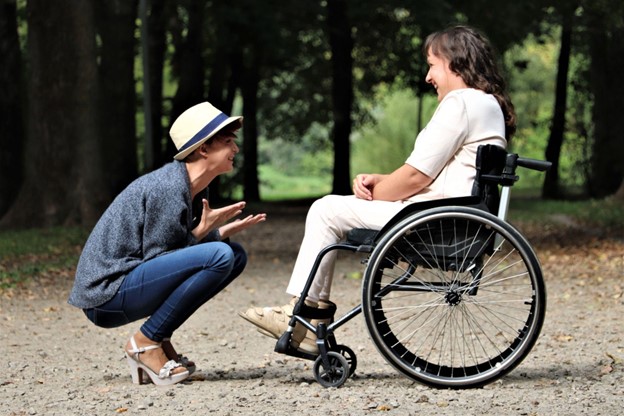
The 3 Main Support Purpose Categories in the NDIS: What You Need to Know
Support budgets that may be funded in your NDIS plan
When applying for an NDIS plan, it’s important to understand the kind of support packages that can be included in the budget. Whether a person is assisting an acquaintance, friend, or family member with their application, knowing they are well supported is sure to give peace of mind to everyone involved. So, what kind of supports can be funded in an NDIS plan?
The Core Supports budget
The core supports budget includes assistance with self-care activities such as getting dressed, showering, meal preparation, and engaging in recreational activities.
No matter how small the goal may be, the Core Support budget can make a lot of positive changes to one’s daily life, and encourage confidence. The budget also aids the purchase consumables such as continence products.

Capacity Building Supports budget
The Capacity Building funding is allocated across 8 sub-categories, where each is matched with the goals in the participant’s NDIS Plan. The sub-categories are:
- Choice and Control (e.g. training in planning and plan management)
- Daily Activity (e.g. therapy aimed at capacity building
- Employment (e.g. assessment and counselling related to employment)
- Health and Wellbeing (e.g. exercise advice related to the impact of the disability
- Home living (e.g. support to acquire and retain suitable accommodation)
- Lifelong Learning (e.g. assistance in moving to further education from school)
- Relationships (e.g. strategies to reduce concerning behaviours)
- Social and Community Participation (e.g. development of life skills such as using public transport, and developing skills for social and recreational participation)

Capital Support budget
The Capital Support budget has two categories:
- Assistive Technology – this is equipment or devices that can help a person do things that they otherwise can’t because of their disability. It may also help them do something more safely or easily. Assistive technology can include a custom shower chair, a powered wheelchair, communication devices, and ankle-foot orthotics.
- Home modifications are changes to the layout, fittings, or structure of an NDIS participant’s home, which allow them to access it safely and move around comfortably in areas of frequent use. An example is rails in the bathroom.
Choosing a provider
Choosing a passionate and NDIS-approved provider is key to improving not just daily life, but the quality of life, too. Individuals can feel empowered with empathetic and flexible support.
This article refers to information available on the NDIS website.
